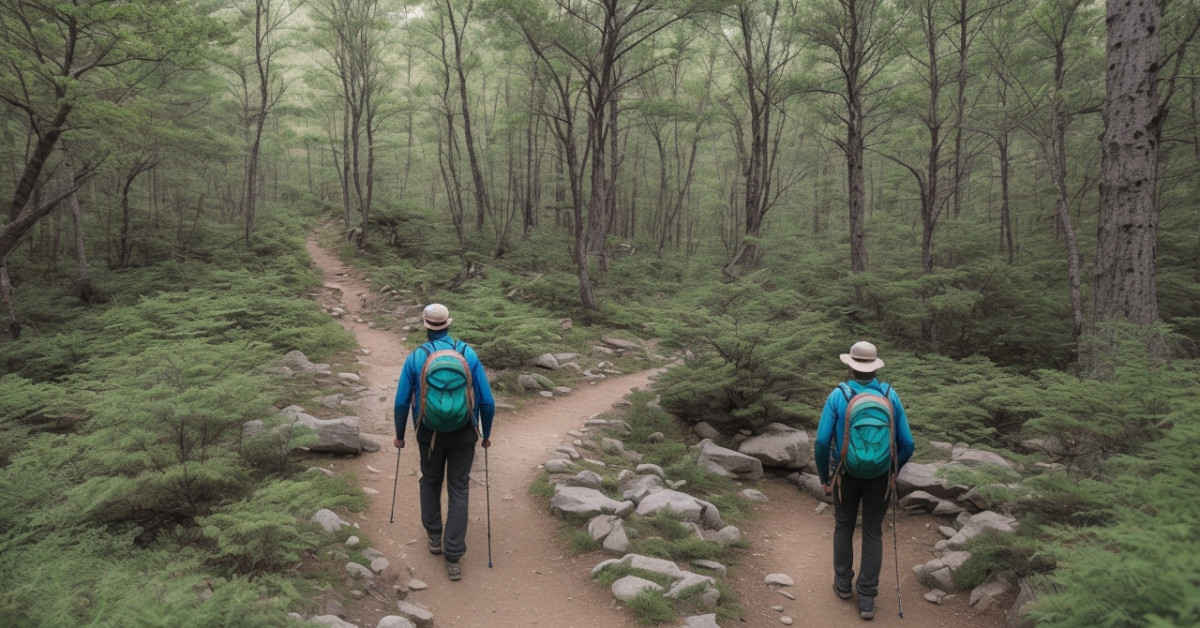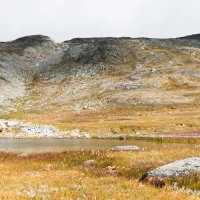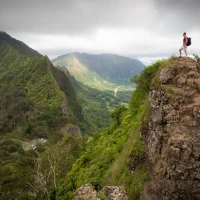Embarking on a trekking adventure not only demands physical readiness and a deep affection for the great outdoors but also a keen understanding of the fundamentals of hiking. Attaining the Hiking Merit Badge is a testament to a Scout’s commitment to mastering these essentials. As such, this comprehensive guide intricately paves the way for aspiring hikers looking to achieve this badge. With Trekking at the heart of our focus, let’s unfold the workbook essentials that will elevate your hiking prowess and set you on a trail to success.
Understanding the Hiking Merit Badge Requirements
Acquiring the Hiking Merit Badge is an achievement that showcases proficiency in trekking. To start off, understanding the prerequisites is crucial.
Pre-Merit Badge Health and Safety
- Before you lace up your boots, ensure that you are physically fit to embark on such strenuous activities. A thorough medical evaluation is necessary, accompanied by a physical fitness check.
Know the Hiking Basics
-
Familiarize yourself with the different types of hikes—from day hikes to multi-day backpacking trips and understand the inherent demands and challenges of each.
-
Learn about hiking gear, including the significance of selecting the correct backpack, footwear, and trail-appropriate clothing.
-
Get a grip on navigation. Know how to use a topographical map and a compass. GPS devices can fail, but traditional navigation is a reliable companion on the trail.
Preparing for Your Hiking Endeavors
Embarking on a hike requires meticulous planning. Let’s breakdown the preparation process.
Packing Your Backpack
Understanding what to carry is a core competency every trekker should develop. Items to consider include:
-
The Ten Essentials: navigation, sun protection, insulation, illumination, first-aid supplies, fire, repair kit and tools, nutrition, hydration, and emergency shelter.
-
Importance of a first-aid kit: knowing how to use the items within your kit is as vital as carrying one. Take the time to familiarize yourself with common first-aid practices.
-
Food and water considerations: Balance between energy-rich, lightweight food and carrying enough water. Discuss water treatment methods and why they’re crucial.
Training and Fitness
-
Explain why a gradual increase in trail difficulty and distance is important for building the necessary stamina and strength.
-
Detail a fitness plan that can help prepare one physically for hiking challenges without causing injury.
Learning Trail Etiquette and Leave No Trace Principles
Understanding Leave No Trace
- The seven Leave No Trace principles should be at the core of every hiker’s philosophy. Explain each of them in detail.
Trail Etiquette Primer
-
Right of way rules: who yields to whom and when. For example, downhill hikers yield to uphill hikers.
-
Discuss the importance of being considerate of other visitors and why minimizing noise and disruptions maintains the tranquility of nature.
Mastering Hiking Skills and Techniques
Navigation Mastery
-
Dive deeper into map reading: discussing symbols, scale, and contour lines.
-
Share compass skills: how to take a bearing, and orient the map to the landscape.
Tackling Challenging Terrain
-
Strategies for ascending and descending steep slopes: proper foot placement, pacing, and rest techniques.
-
River crossings: when to do them, what to look for, and how to execute them safely.
Planning and Executing a Hike
The Planning Phase
-
Discuss route planning: examining trail difficulty, estimating time, and contingency planning for unexpected scenarios.
-
Stress on the importance of weather awareness: how to interpret forecasts and recognize changing conditions.
On the Trail
-
Emphasize the value of staying on the trail and what to do if you get lost.
-
Explain the significance of pace setting and how it affects group morale and physical exertion.
After the Hike: Reflection and Conservation
Personal Reflection
- Encourage Scouts to journal their experiences, noting what skills they’ve learned and areas for improvement.
Engaging in Conservation Efforts
- Propose ways hikers can participate in trail maintenance or environmental conservation projects post-hike.
Final Steps to Earning the Hiking Merit Badge
Completing the Hiking Projects
- Outline the specific hiking projects that are required by the merit badge guidelines, including the requisite number of hikes and distances.
Review and Badge Presentation
- Describe the review process, detailing what Scouts should prepare and what kind of questions they might encounter during their badge presentation.
Conclusion: The Path Ahead
Completing the merit badge is the beginning of a lifetime of hiking adventures. Reflect on the sense of achievement and confidence that comes with mastering these skills, and emphasize the doorways to further exploration that now await.
By integrating the workbook essentials we’ve outlined, Scouts participating in the Hiking Merit Badge program can fully prepare themselves for the joys and challenges of trekking. Through dedicated preparation, learning, and application of key wilderness skills and ethics, they can not only earn a badge but also develop a lifelong passion for outdoor pursuits. Whether you’re a skilled hiker or a beginner, remember that every step taken on a black diamond trail back trekking poles is a step toward personal growth and environmental stewardship.










